Hunt and Capture of German Submarine U-505
December 17th, 2024
7 minute read
The story behind the hunt and capture of German submarine U-505 during World War II is incredible. It was the first enemy warship taken as a prize of war since the War of 1812 and the only captured warship to be towed to the United States.
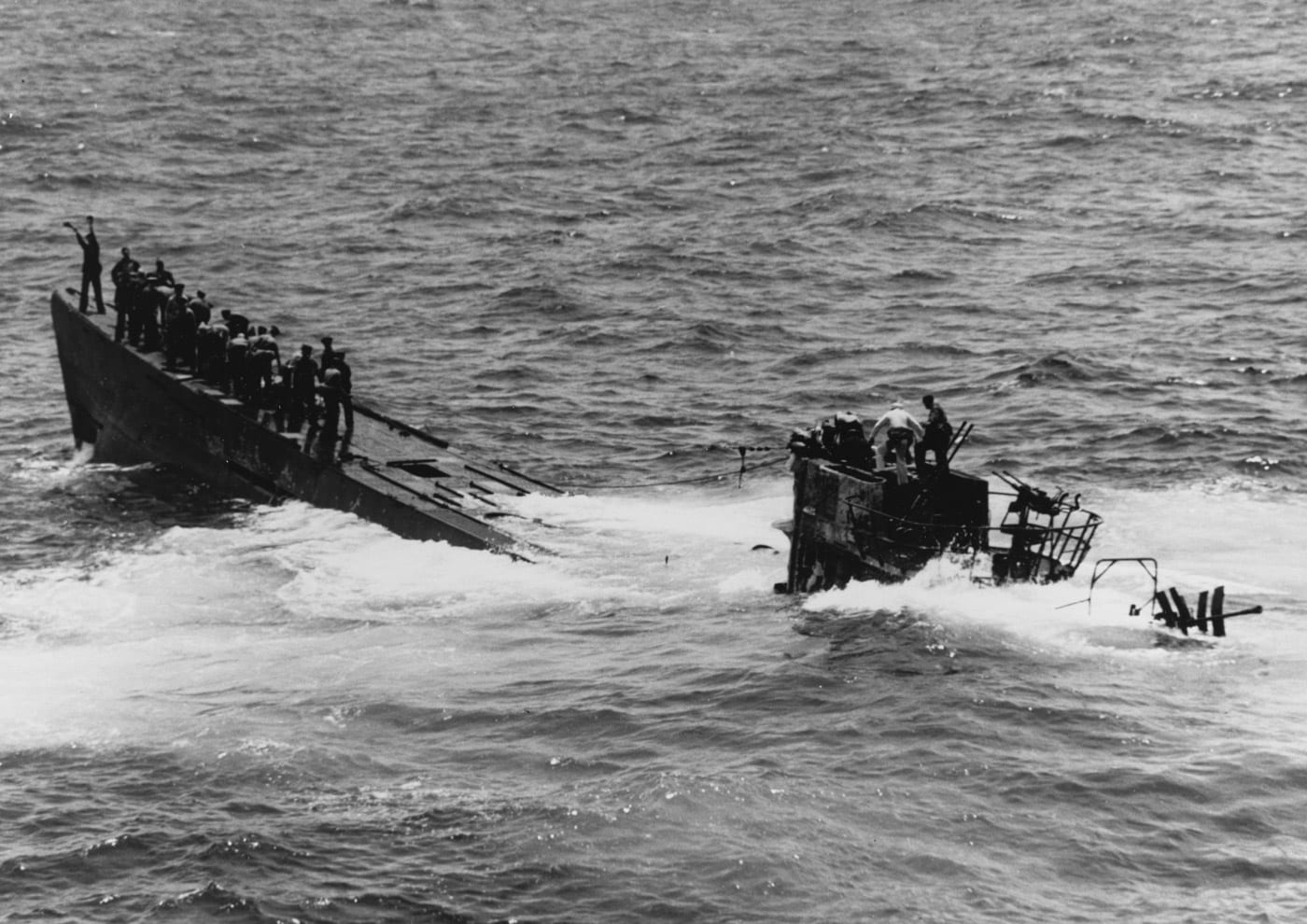
The German crew was transferred to a P.O.W. camp in America, and the submarine was disguised as a U.S. submarine to fool the enemy, all of which was done in total secrecy until Germany’s surrender in May 1945.
Das Boot
Commissioned in August 1941, U-505 was an IXC Class German submarine built in Hamburg, Germany, by Deutsche Werft. It was powered by two MAN SE supercharged four-stroke, nine-cylinder diesel engines producing a total of 4,400 horsepower for use while surfaced and two Siemens double-acting electric motors producing a total of 1,010 horsepower for use while running submerged. It was equipped with six torpedo tubes for its 21-inch G7es passive acoustic torpedoes, a twin 20mm anti-aircraft gun, a 10.5 cm (4.1 inch) deck gun mounted forward of the conning tower, and a 37mm anti-aircraft gun.
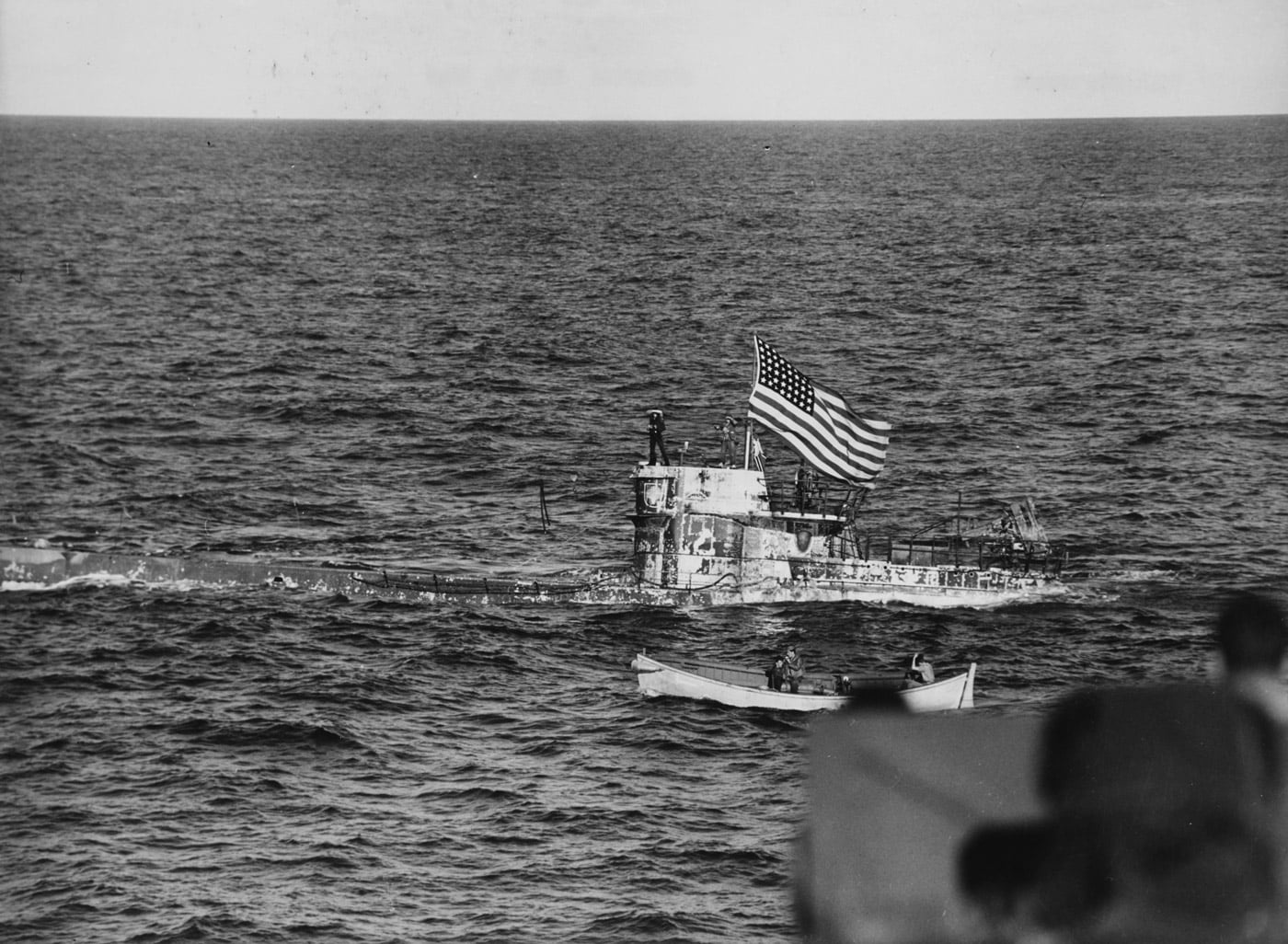
On January 19, 1942, U-505 set sail from Kiel with Capt. Axel-Olaf Loewe in command on a training and familiarization cruise. The boat patrolled the British Isles, engaged no ships, and returned after 13 days to its new port of Lorient, France. The second patrol resulted in four ships sunk, and the third patrol netted three ships.
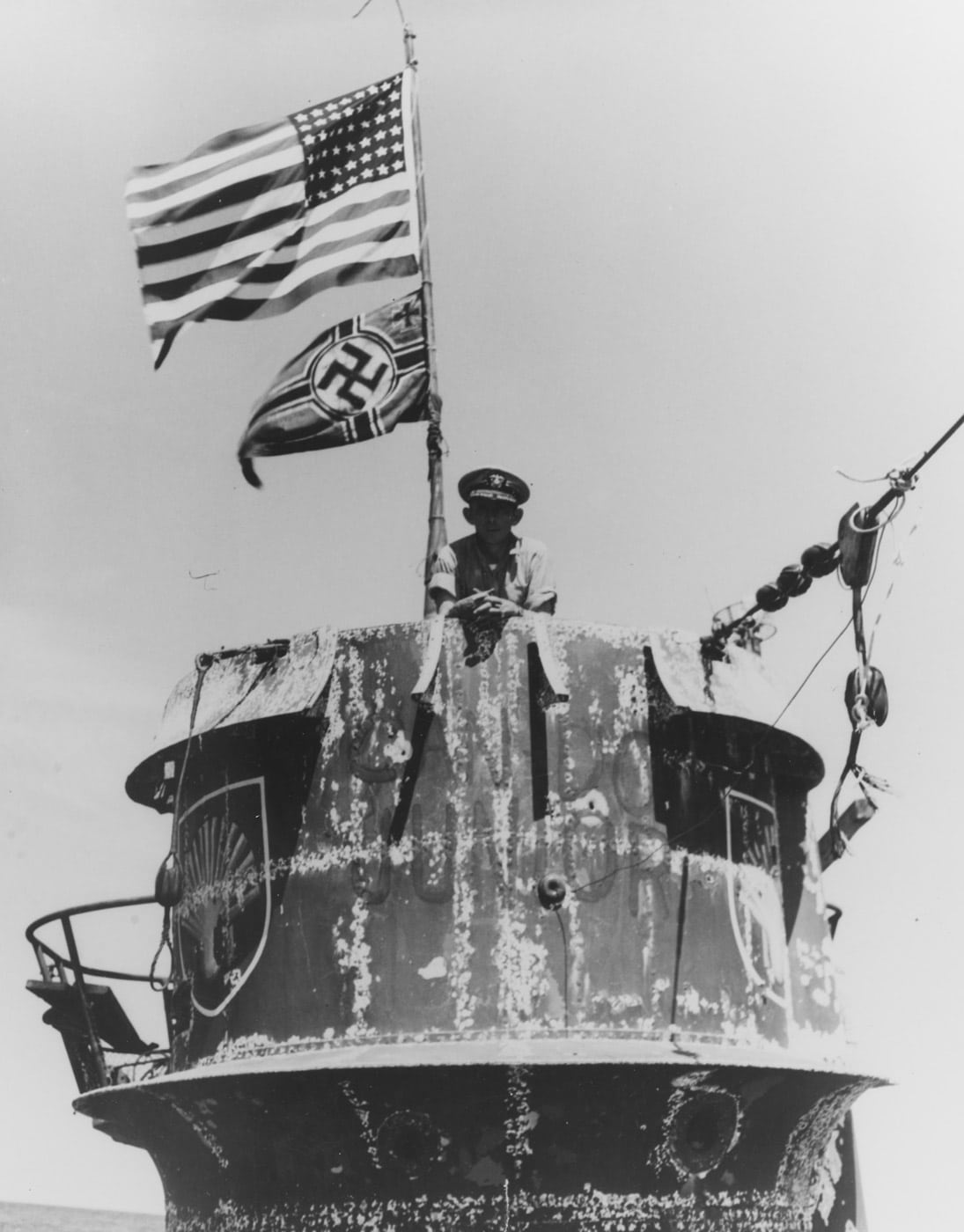
With its fourth patrol and new Capt. Peter Zschech, U-505 started to run out of luck. Zschech was described as a “hard” commander, indifferent to the men’s morale, and ill-tempered. On October 4, 1942, U-505 left her base at Lorient, headed to South America, and sank its first ship under the new captain. The victory was short-lived, however.
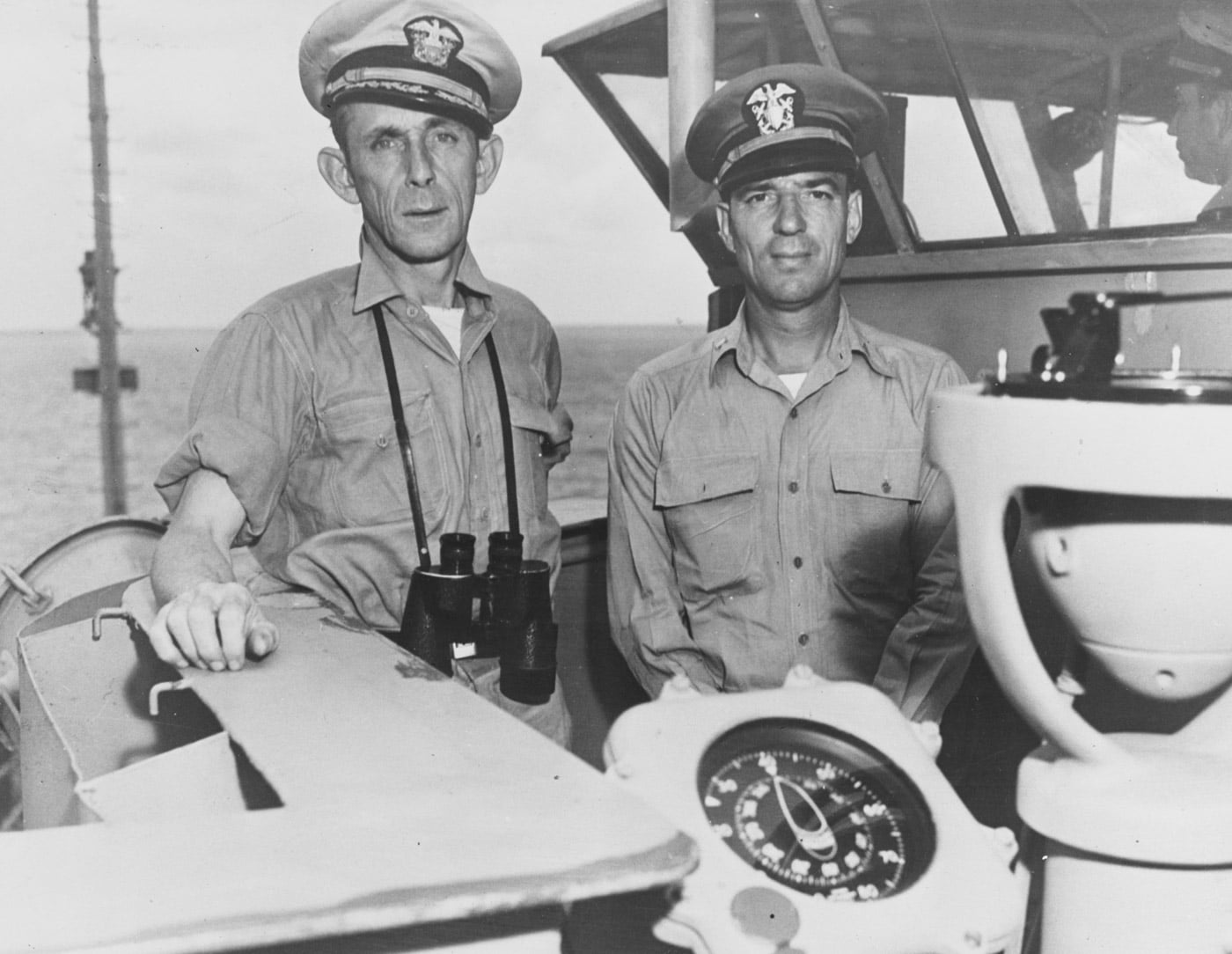
On November 11, U-505 was spotted and attacked in the Caribbean Sea by an RAF Lockheed Hudson light bomber. The sub was struck by a 250-pound bomb on the foredeck, which blew the deck gun off and breached the hull. The Hudson was hit by shrapnel from the explosion and crashed into the sea, killing the pilot and crew. Capt. Zschech gave the order to abandon ship, which his crew ignored. The crew made hasty repairs and limped its way back to Lorient.
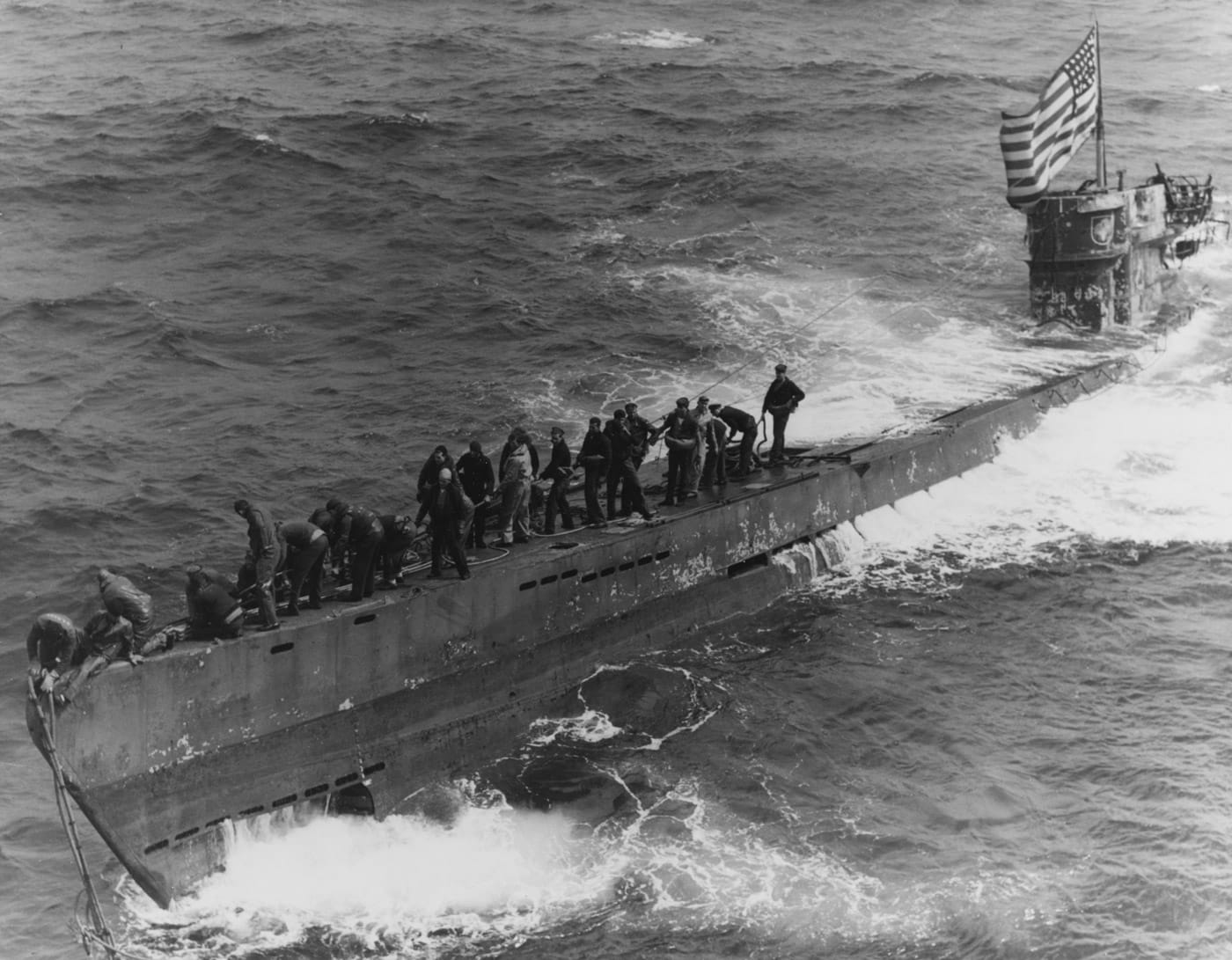
The repairs took over six months, and on July 1, 1943, she left Lorient to begin its 5th patrol. Three British destroyers hunted her for over 30 days, and she escaped and returned to Lorient.
A Shocking Result
The next four patrols were all scrubbed shortly after getting underway, as the boat suffered from mechanical issues caused by sabotage from the dockworkers in Lorient who were working with the French resistance. The boat then became the subject of jokes around the port, with a sign posted that read “U-505 Hunting Ground.”
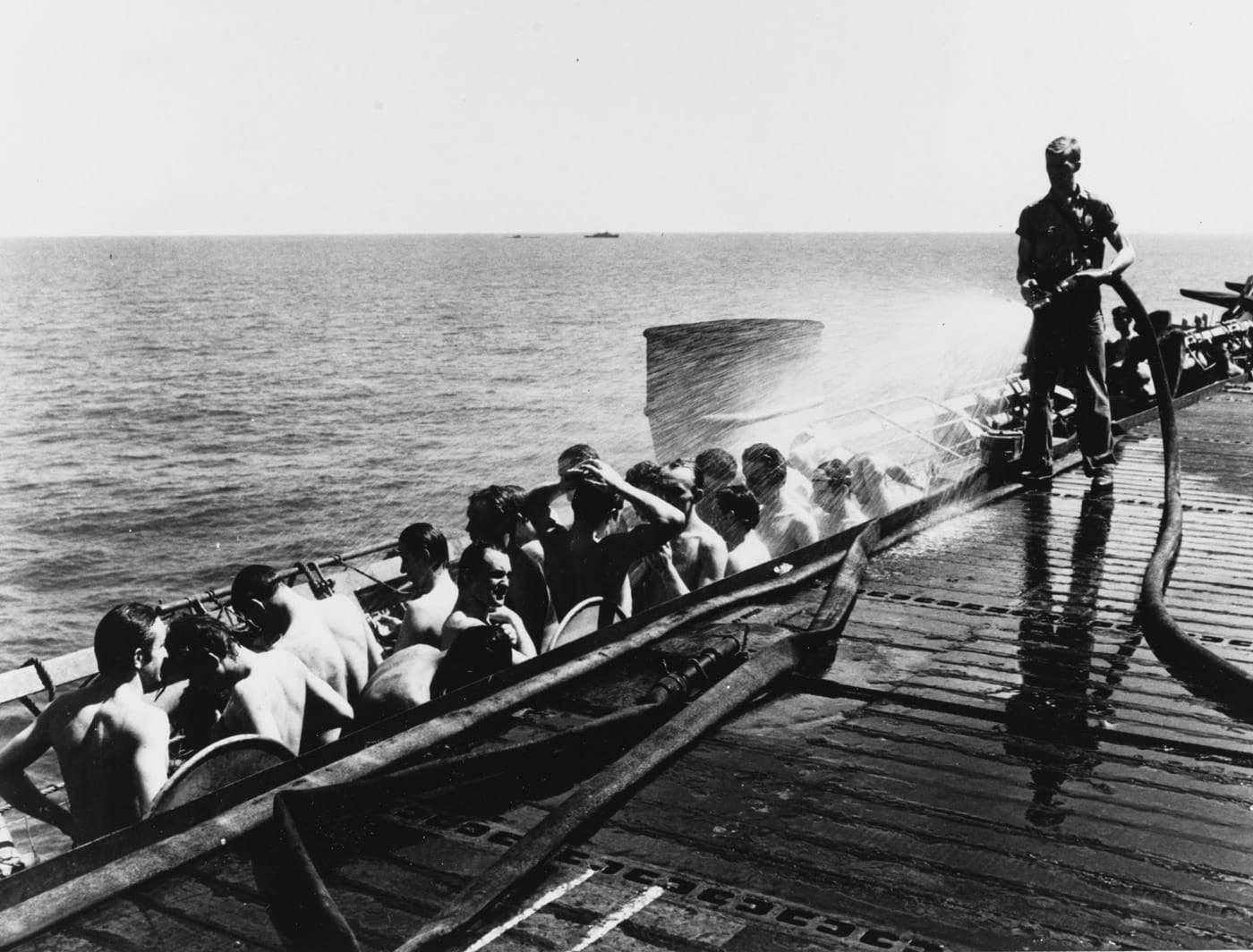
After months stuck in Lorient, U-505 attempted her 10th patrol. On October 24, 1943, while she was positioned near the Azores, she was spotted by British destroyers. The boat submerged and rigged for depth charges. During the attack, Zschech committed suicide in the submarine’s control room by shooting himself in the head in front of his crew.
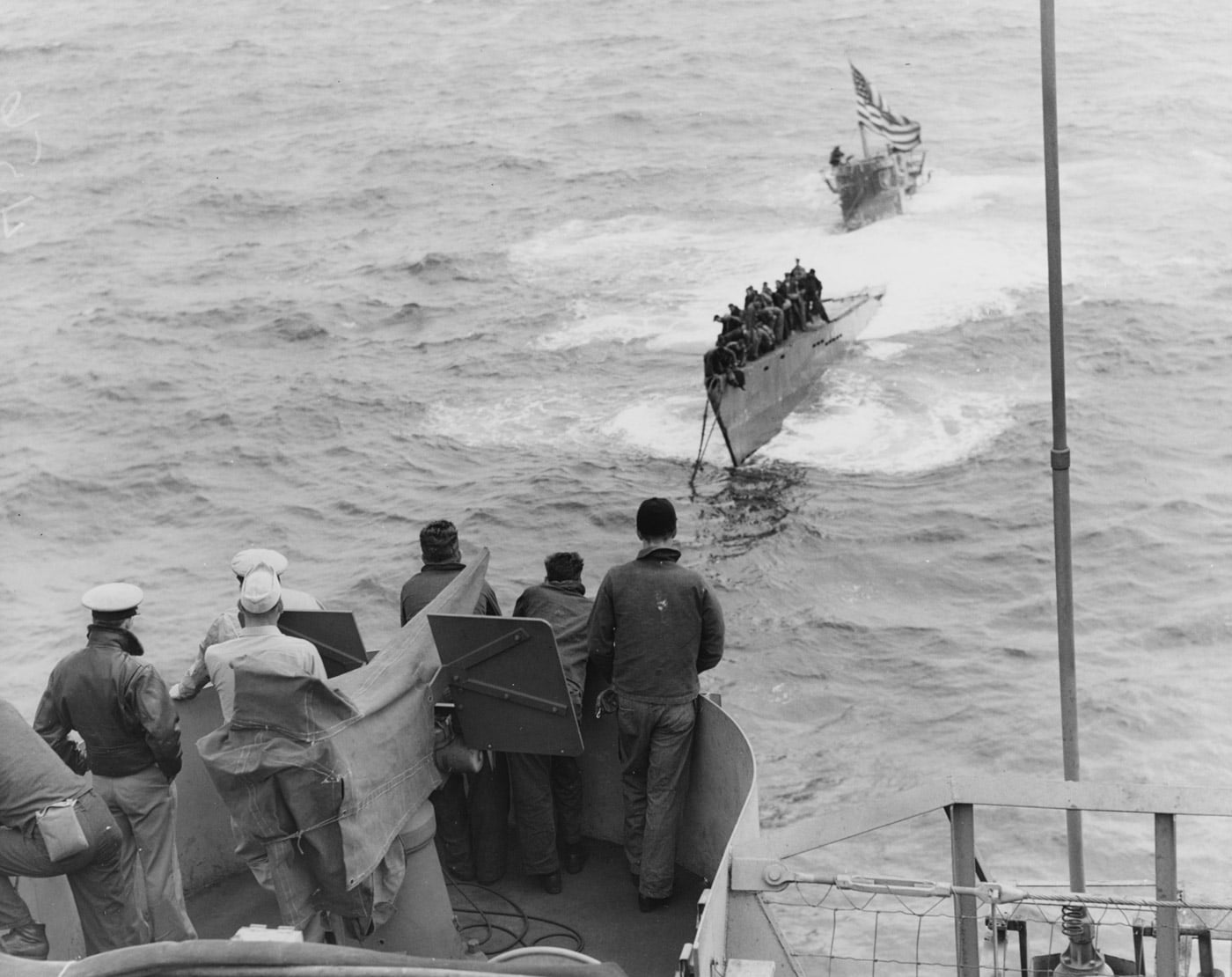
The first officer, Paul Meyer, took command and brought the boat back to Lorient. Zschech made history as the only submariner during the war to commit suicide in response to the stress of a depth charge attack. Lt. Harald Lange would replace Meyer two weeks after Zschech’s death.
Hunted Down
Allied forces learned from decrypted messages that U-boats were operating near Cape Verde. On May 15, 1944, the U.S. Navy dispatched Task Group 22.3, a hunter-killer group consisting of the escort aircraft carrier USS Guadalcanal (CVE-60) and the destroyer escorts USS Pillsbury (DE-133), USS Pope (DE-134), USS Flaherty (DE-135), USS Chatelain (DE-149), and USS Jenks (DE-665), and began searching for the U-boats.
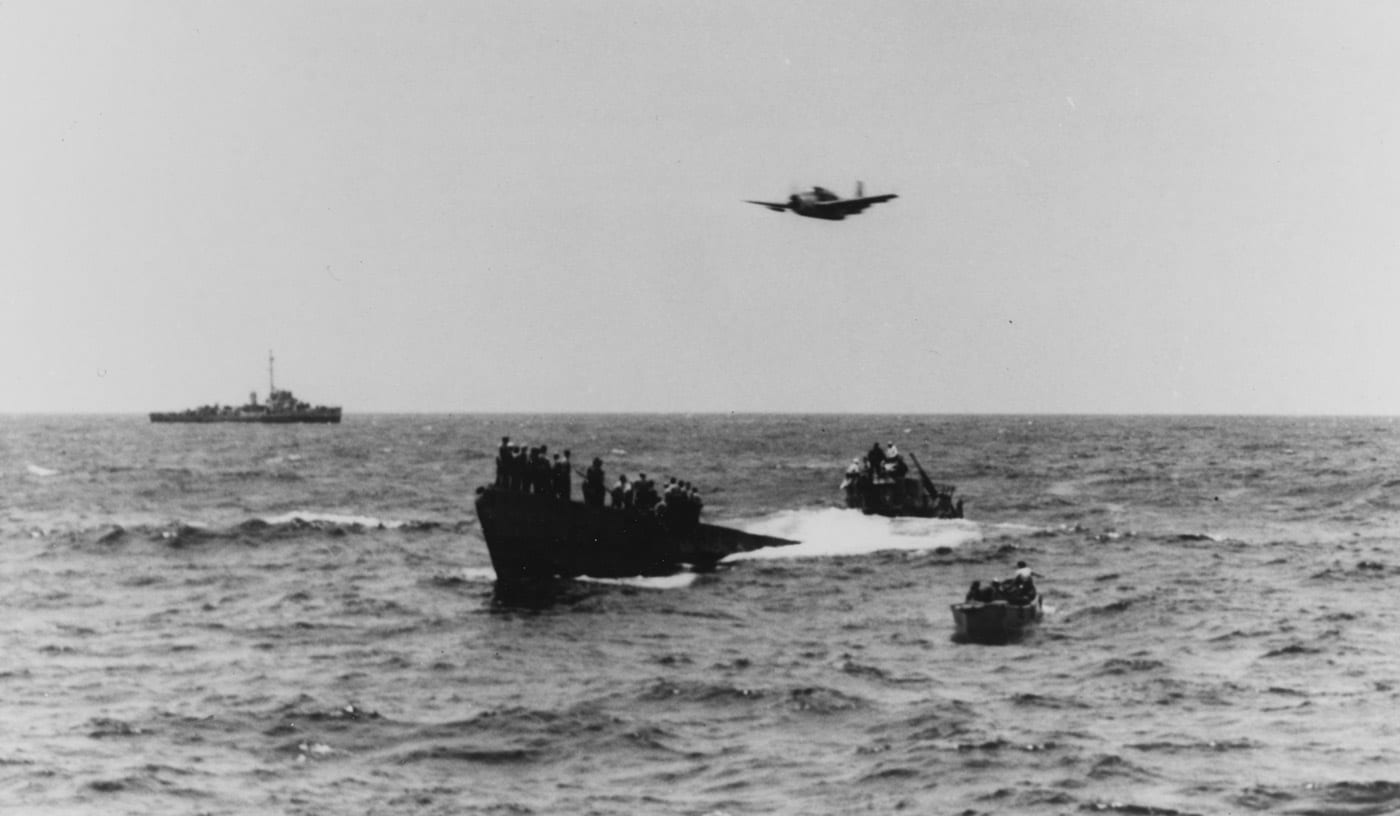
U-505 began its last patrol with Lt. Harald Lange commanding. On June 4th, 1944, approximately 150 miles west of Rio De Oro, Africa, U-505 was detected on sonar and the attack began.
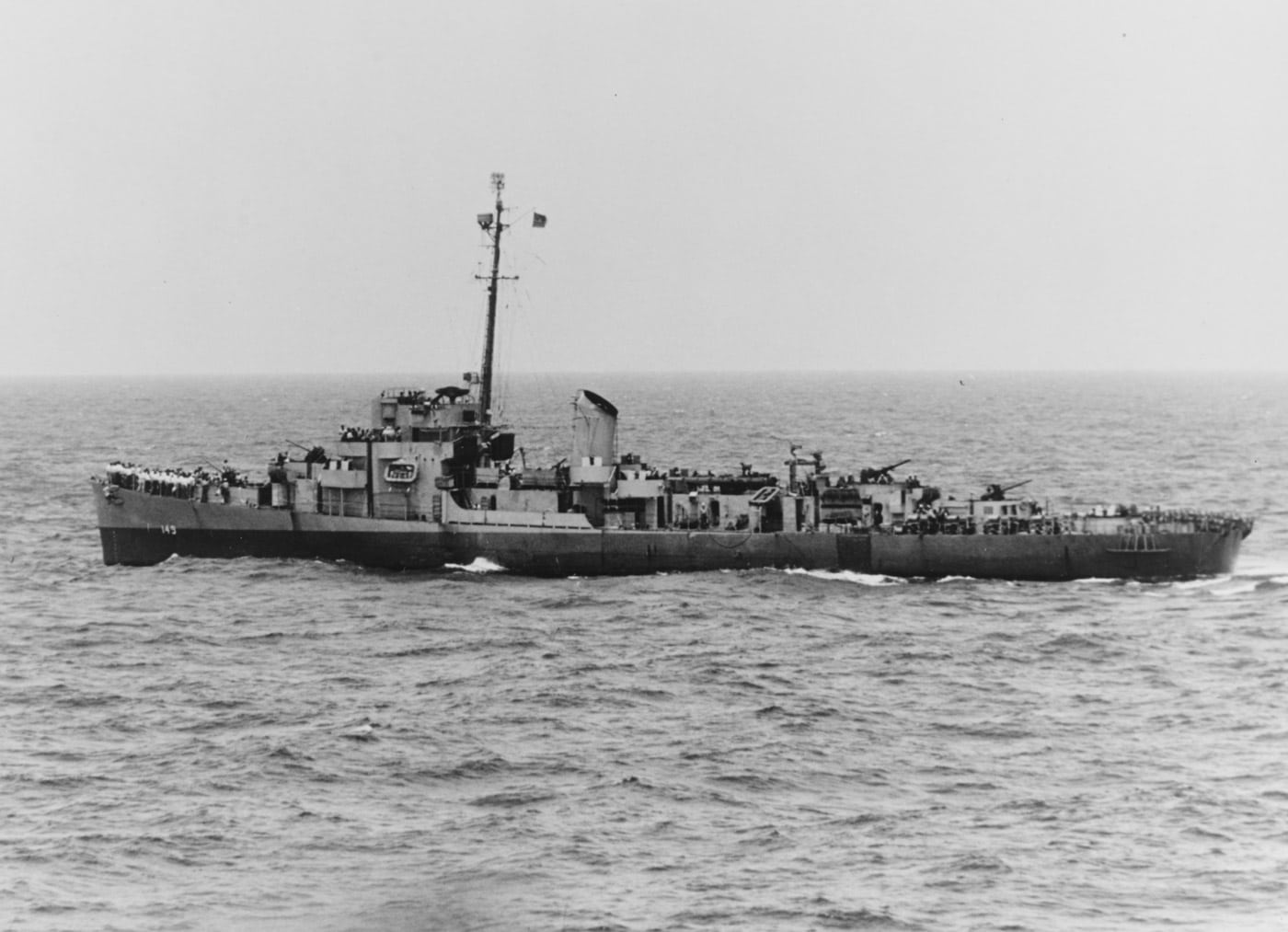
The USS Chatelain began depth charge attacks, along with two Grumman F4F Wildcat fighters. After a few minutes oil began to surface, and a Wildcat pilot came over the radio with the message, “You’ve struck oil.” When U-505 surfaced, it came under immediate attack and surrendered. The depth charges caused the rudder to jam, its auxiliary rudder controls were disabled, and aft compartments were flooded.
Believing that the submarine was about to sink, Lt. Lange ordered his crew to abandon ship, and scuttling procedures began. As its crew was being picked up, U-505 was boarded by U.S. Navy personnel from the USS Pillsbury led by Lt. j.g. Albert David, who started securing sensitive materials, closed valves, and disarmed explosive charges to prevent the sub from sinking. With the flooding contained and the engines shut down, the boat was taken into tow.
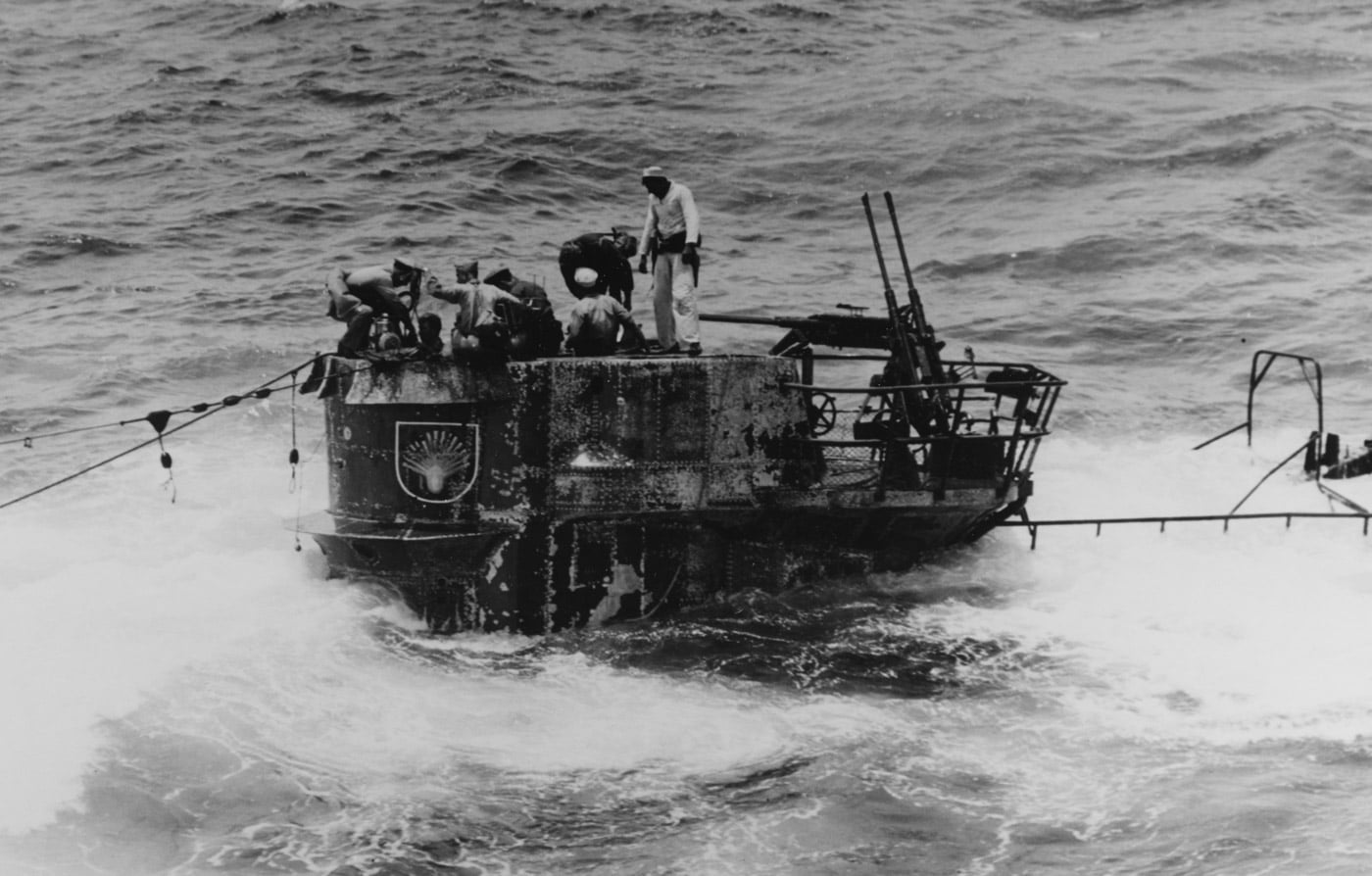
Although the capture occurred close to Morocco, Casablanca was known to be full of German spies, and a secure port was needed. On June 19, the submarine arrived at the United States Navy’s Naval Operating Base, Bermuda. Now, the work began on learning this enemy submarine’s secrets. While moored in Bermuda, U-505 was painted to resemble a U.S. submarine and renamed USS Nemo.
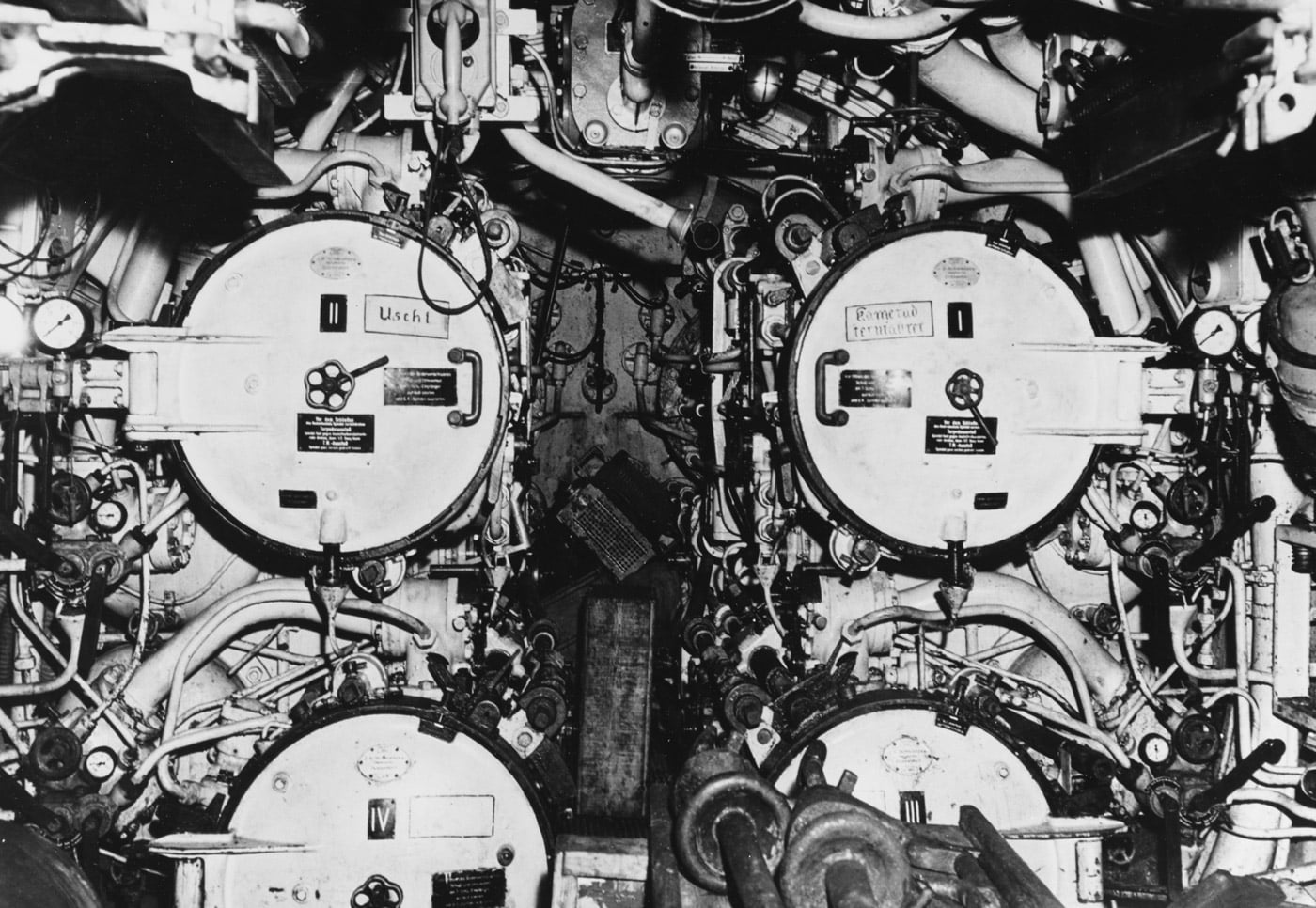
The sub was a treasure trove of intelligence filled with classified publications, an Enigma cipher machine with up-to-date cipher rotors, the month’s Kriegsmarine codebook, and most damaging of all, the G7es passive acoustic torpedo, which was reverse-engineered to address the British-built Foxer decoy system used to confuse the torpedoes.
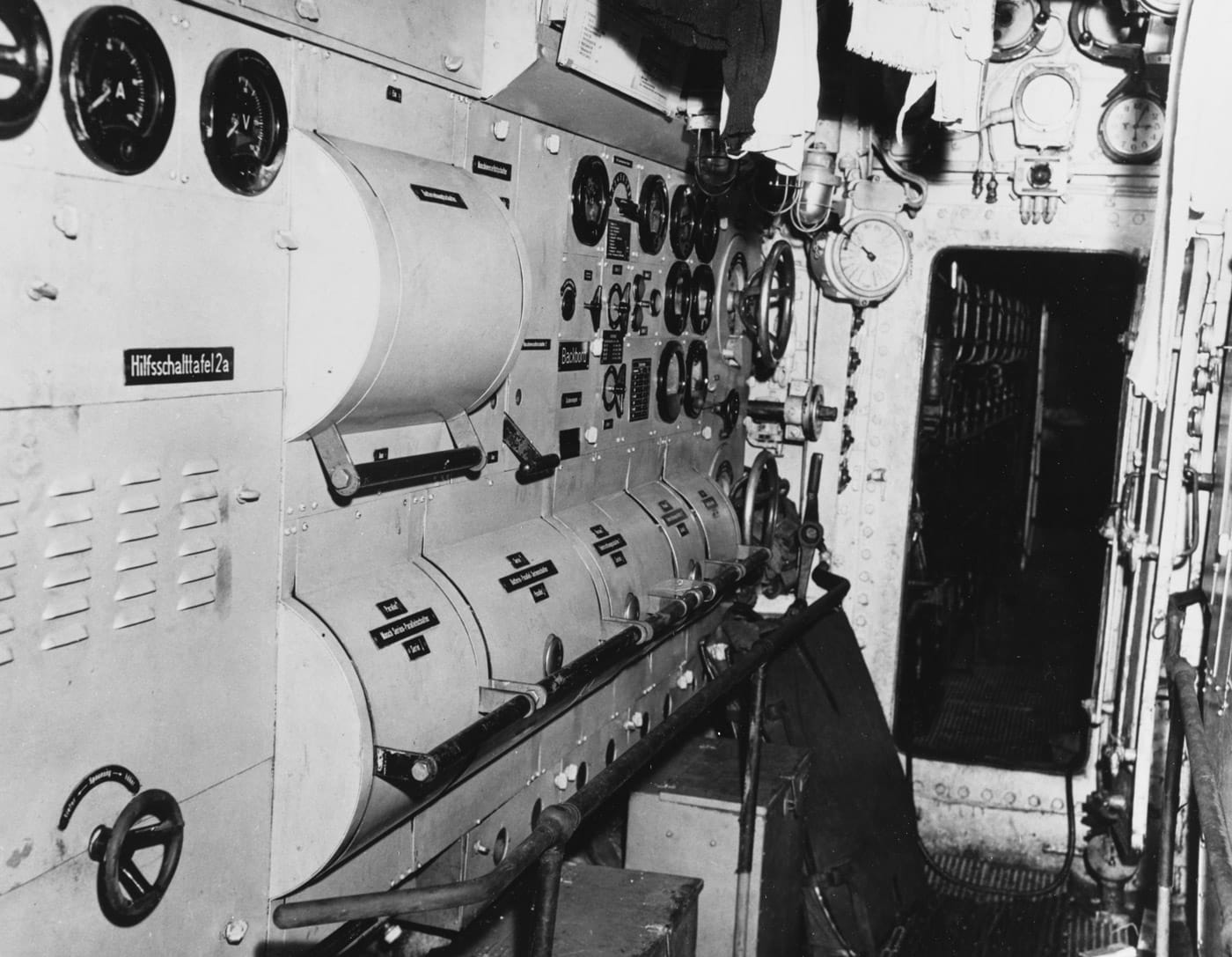
Now that the submarine was in Allied hands, the United States had to consider the German sailors who were now in their custody. The 58 crew members of U-505 taken prisoner by the United States Navy were transferred to Camp Ruston in northern Louisiana, one of the largest P.O.W. camps in North America.
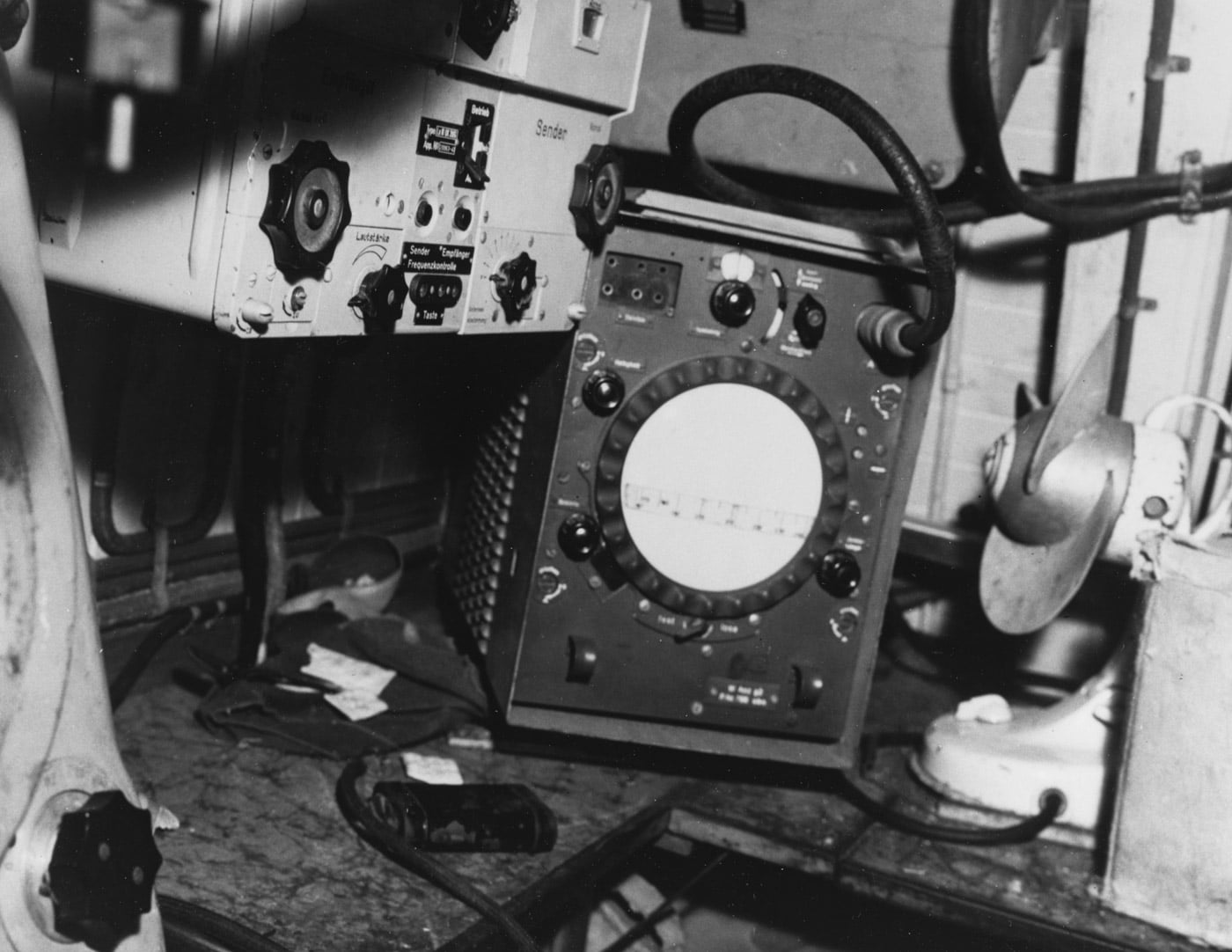
Secrecy was crucial to the mission, as the U.S. was gaining intelligence from the captured sub, and the Germans believed the crew was lost along with the submarine. The crewmen were isolated from other prisoners of war, and the Red Cross was denied access to them. The crewmen were not returned to Germany until 1947.
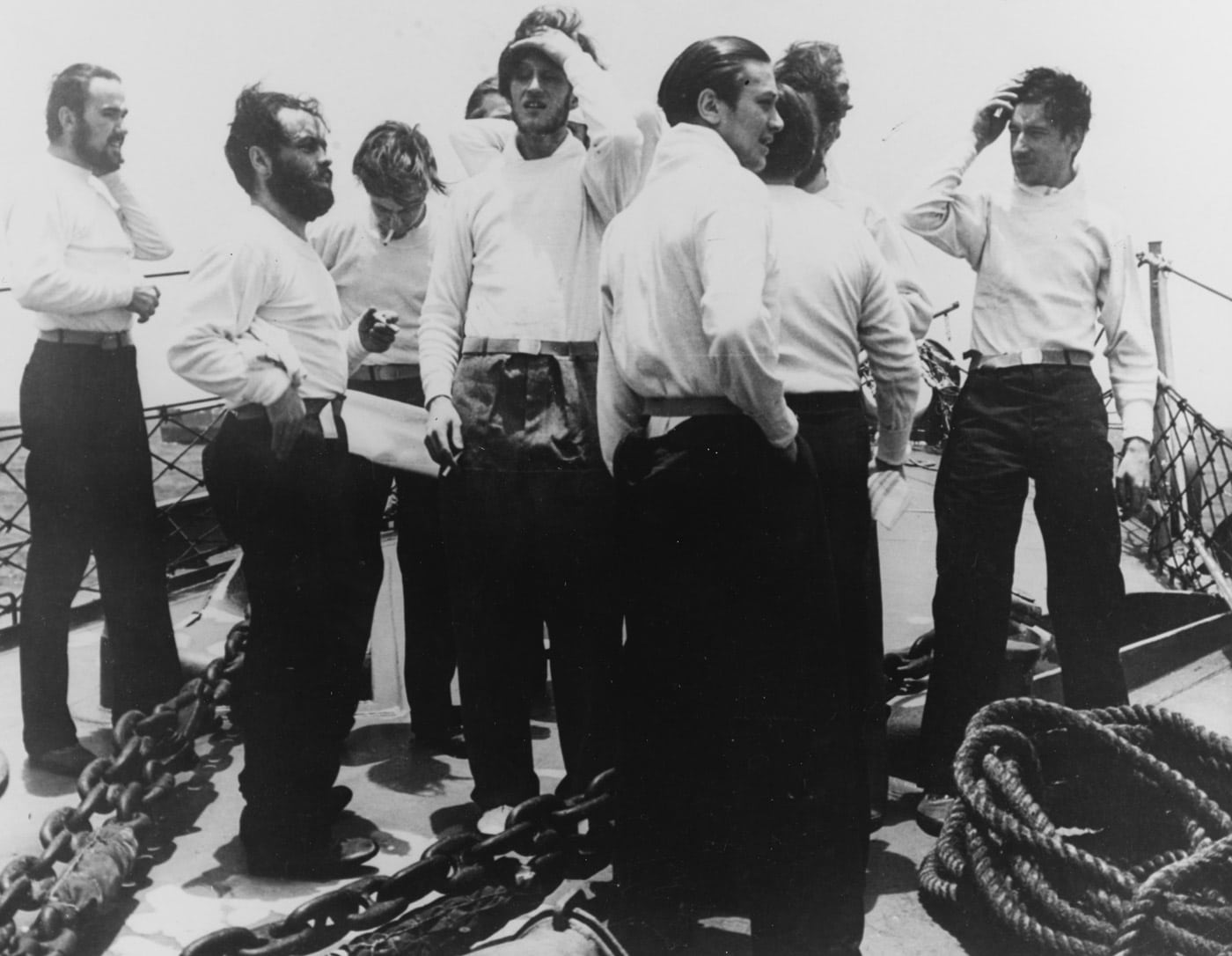
A Second Life as a Museum Ship
After the war in Europe ended, German U-boats no longer posed a threat to Allied shipping. As the need for secrecy around U-505 vanished, it was sent out on a war bond tour to raise funds for the war against Japan. In June 1945, the U-505 visited New York City, Philadelphia, Baltimore, and Washington, D.C., where spectators could tour the boat in exchange for purchasing war bonds.
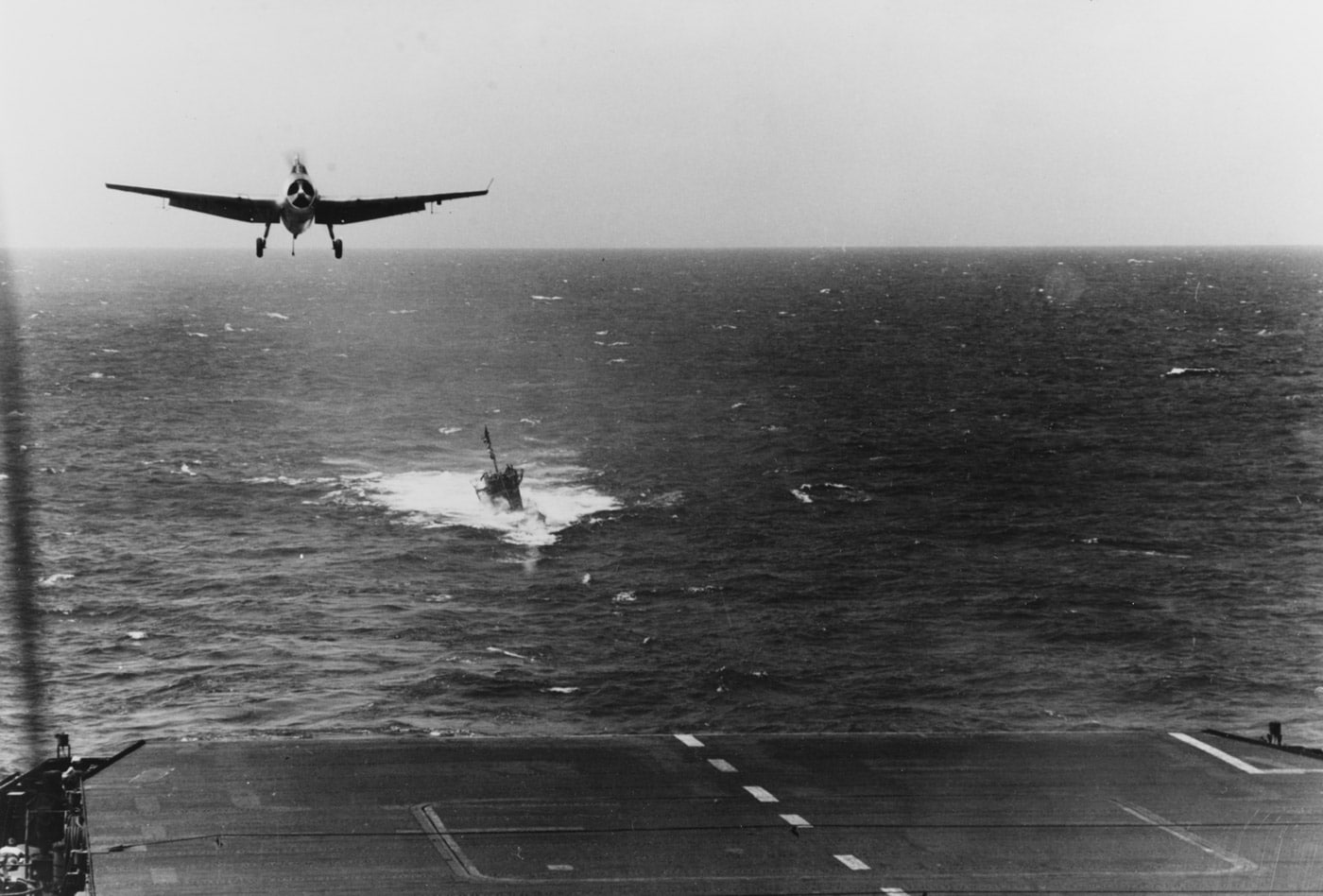
Eventually, U-505 was sent off to Portsmouth Naval Yard for storage until a decision was made about its future. Eventually, it was decided to use U-505 for target practice. Rear Adm. Daniel Gallery vehemently opposed the decision, as he was the Task Force Commander when U-505 was captured.
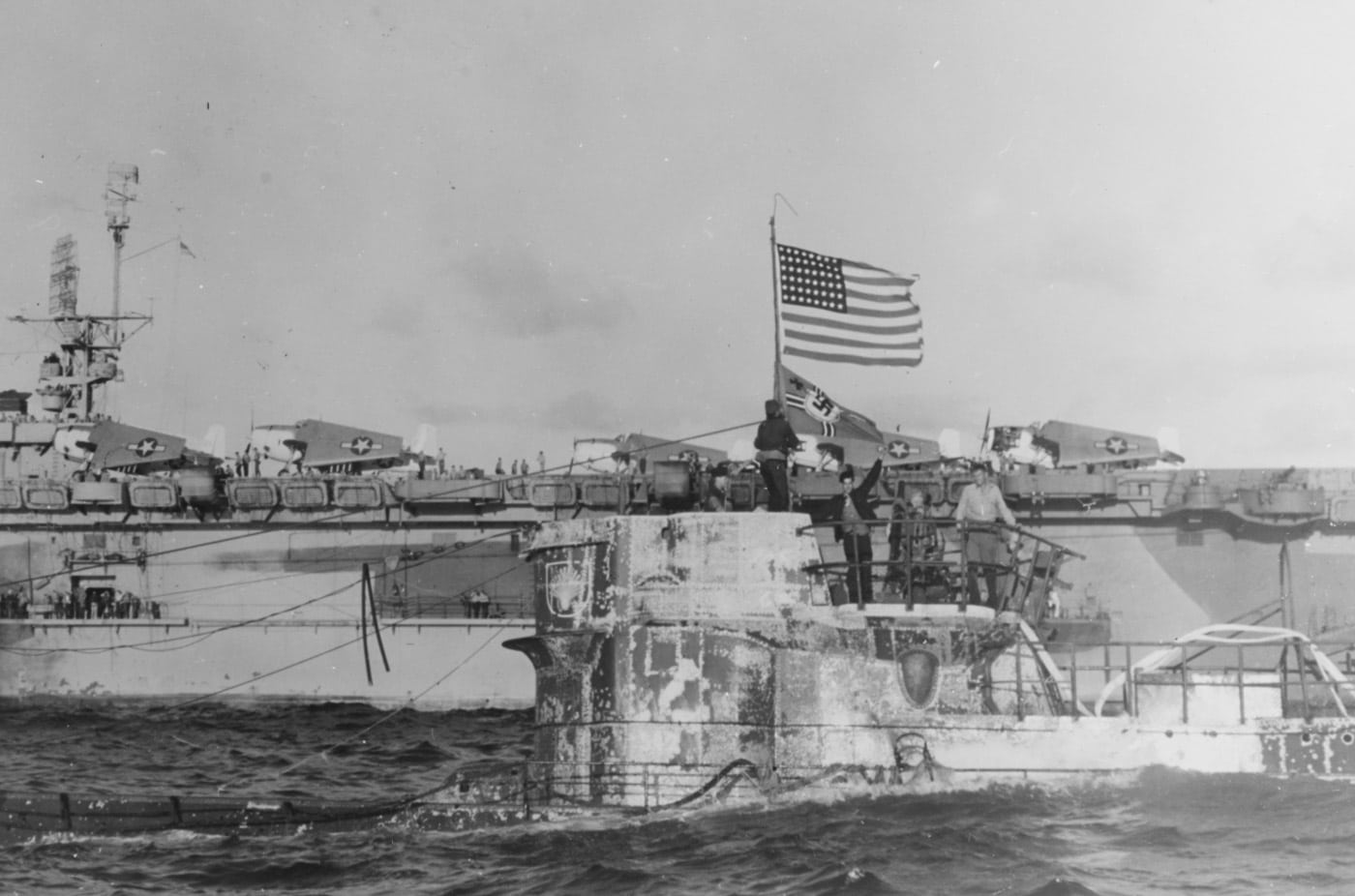
Gallery contacted his brother, Father John Gallery, who contacted the President of the Chicago Museum of Science and Industry, Lenox Lohr, to ask if he had any interest in a submarine. Mr. Lohr told him that the museum was looking for a submarine for display. The U.S. Government donated U-505 under the condition the museum pay for transport. The citizens of Chicago donated $250,000 for transportation and installation, with the U.S. Coast Guard escorting the boat through the Great Lakes.
Today you can see and tour the German submarine U-505 at the Griffin Museum of Science and Industry.
Editor’s Note: Please be sure to check out The Armory Life Forum, where you can comment about our daily articles, as well as just talk guns and gear. Click the “Go To Forum Thread” link below to jump in and discuss this article and much more!
Join the Discussion
Featured in this article
Continue Reading
Did you enjoy this article?

 610
610







